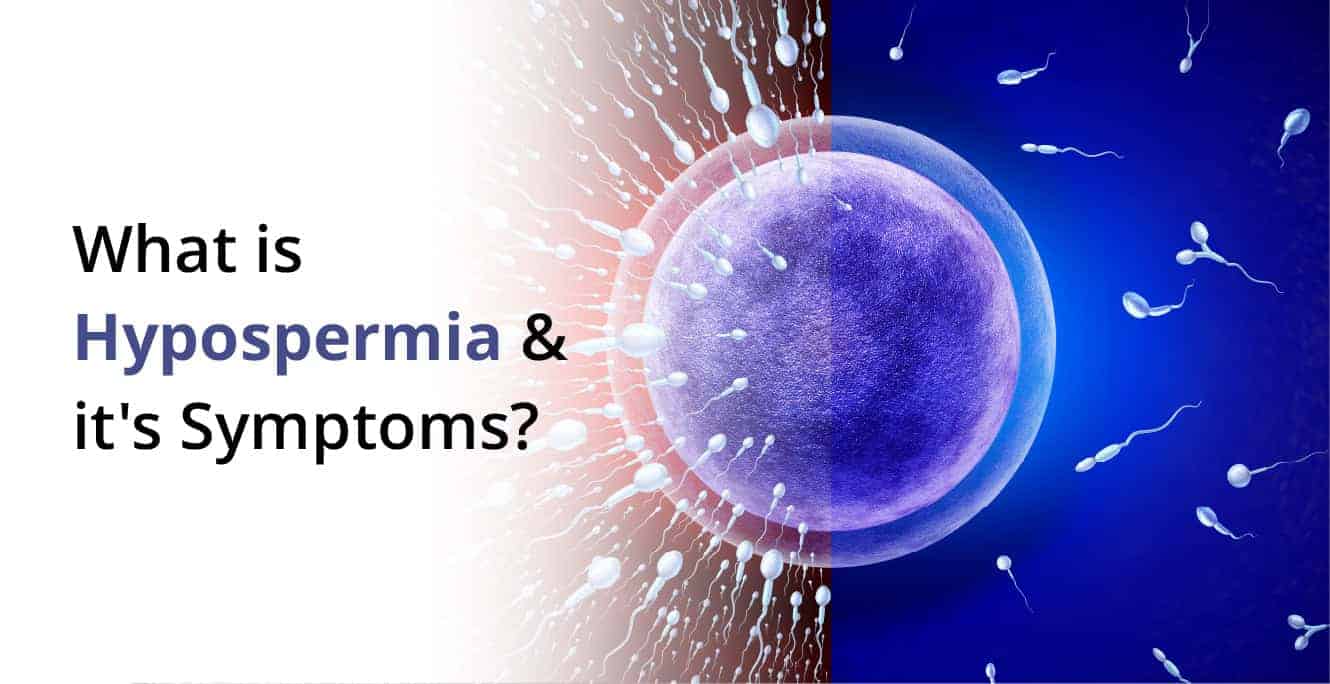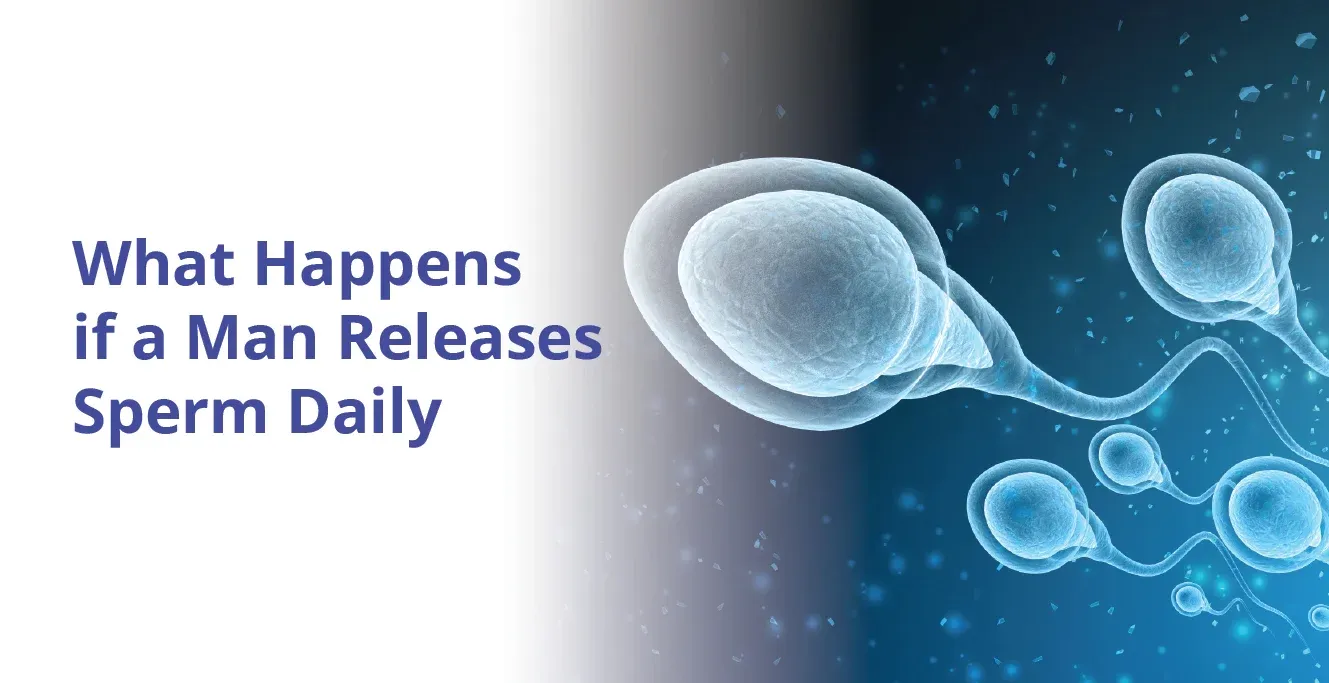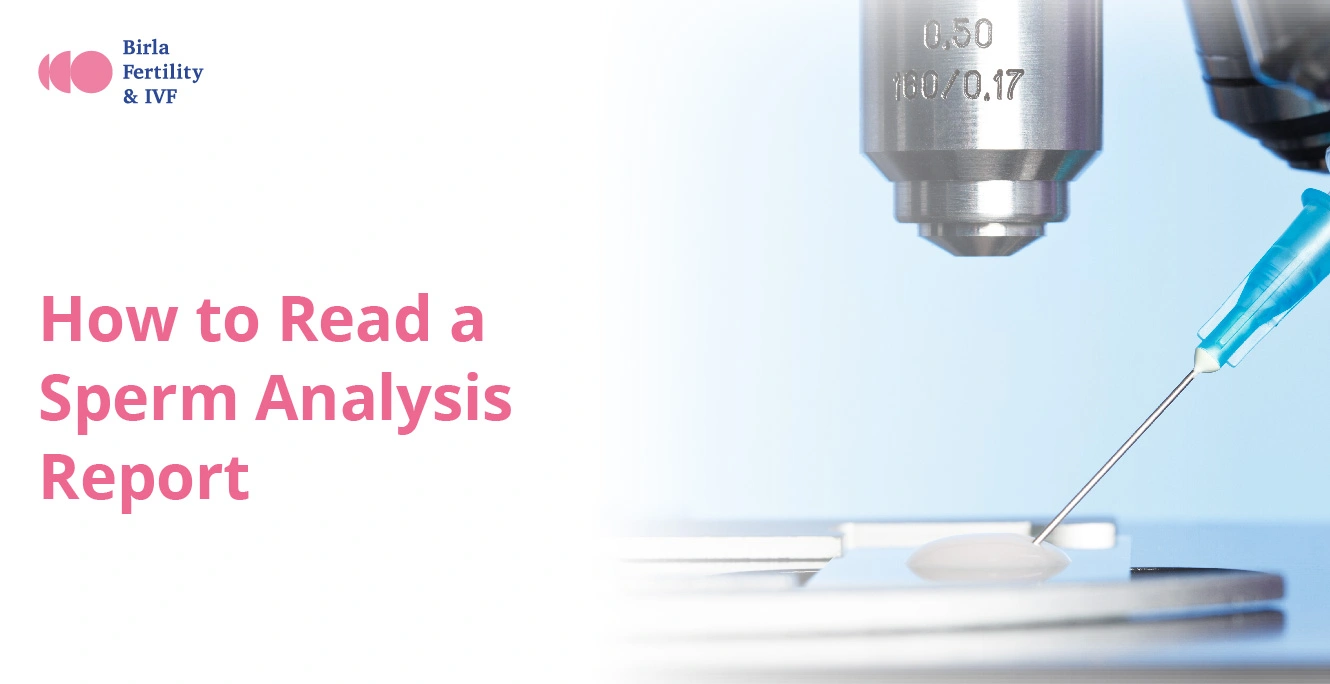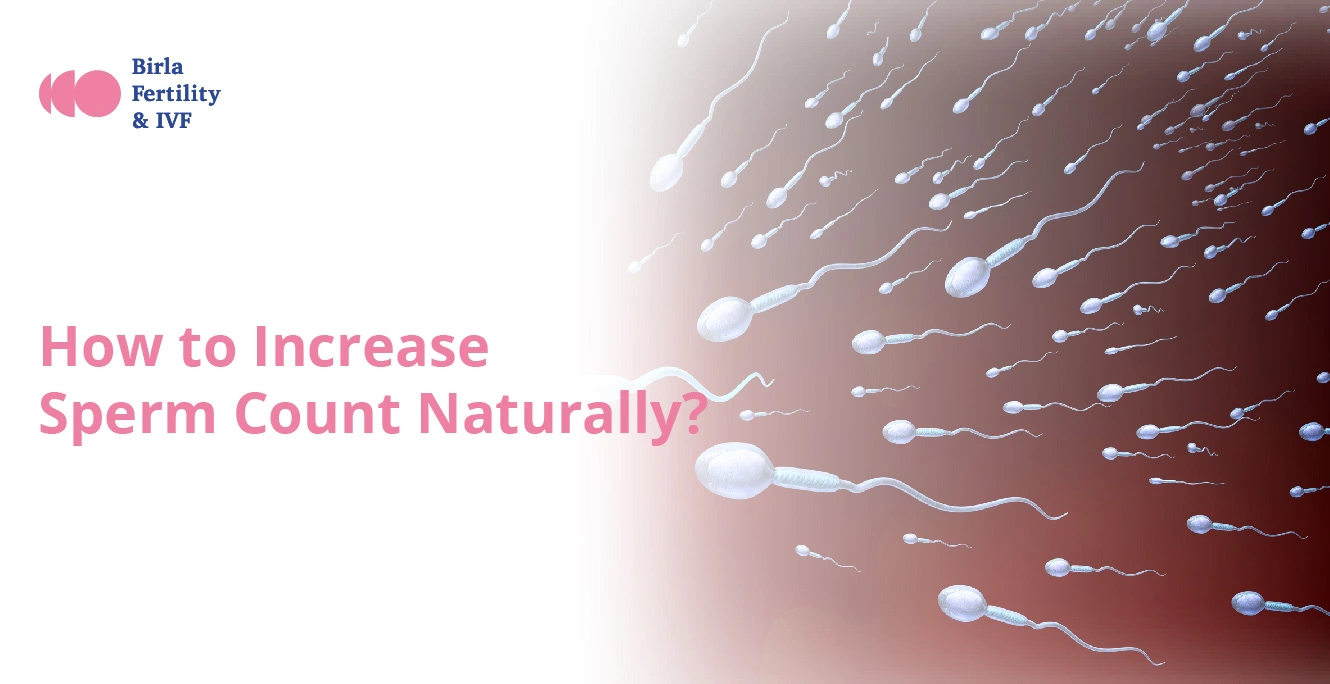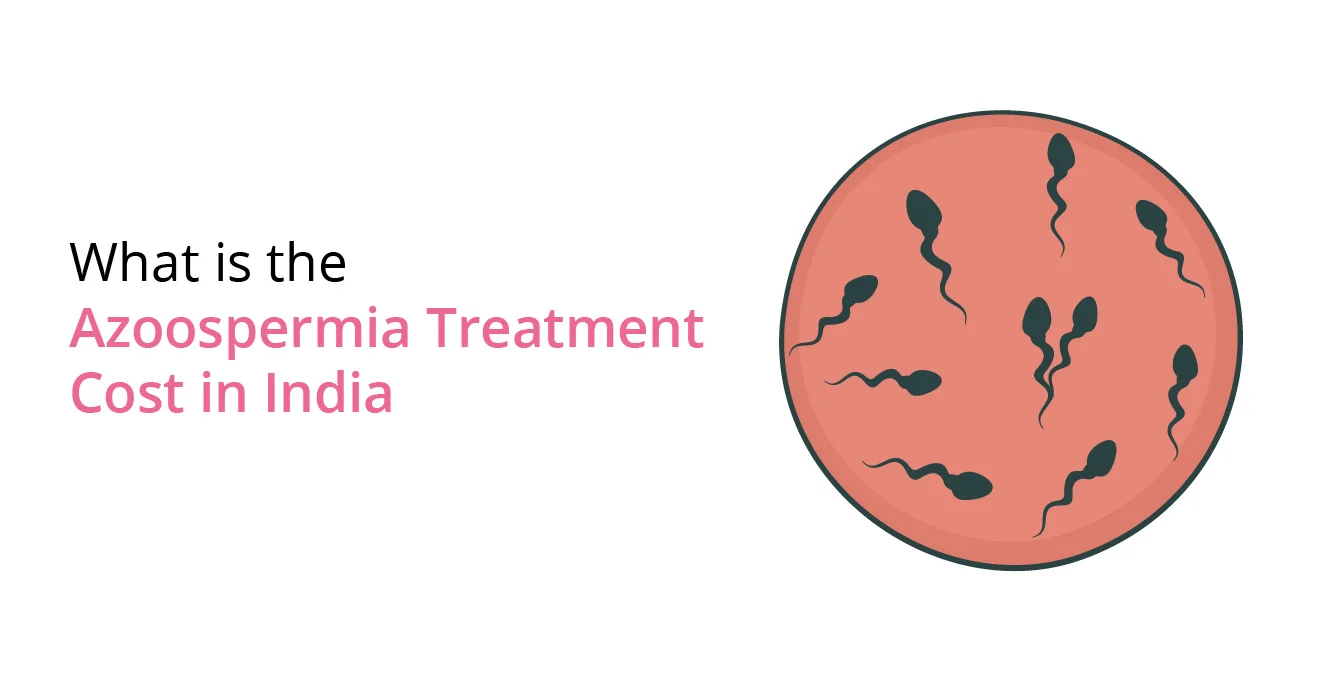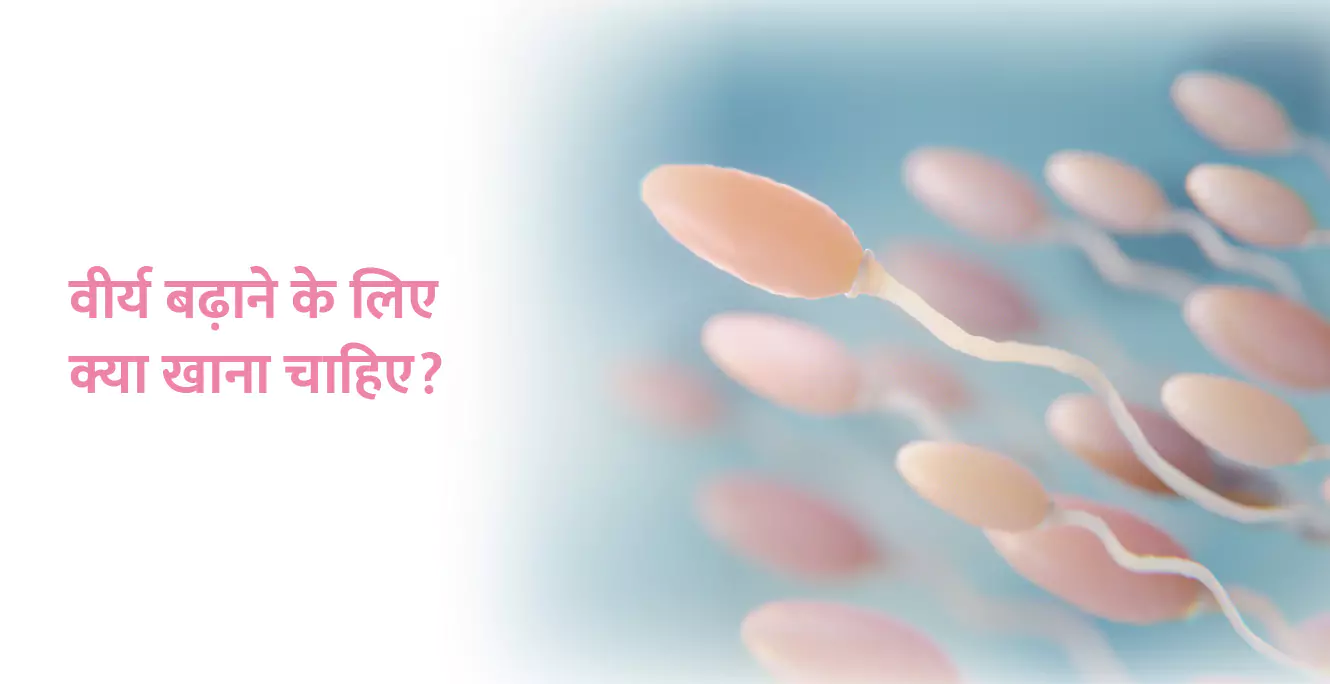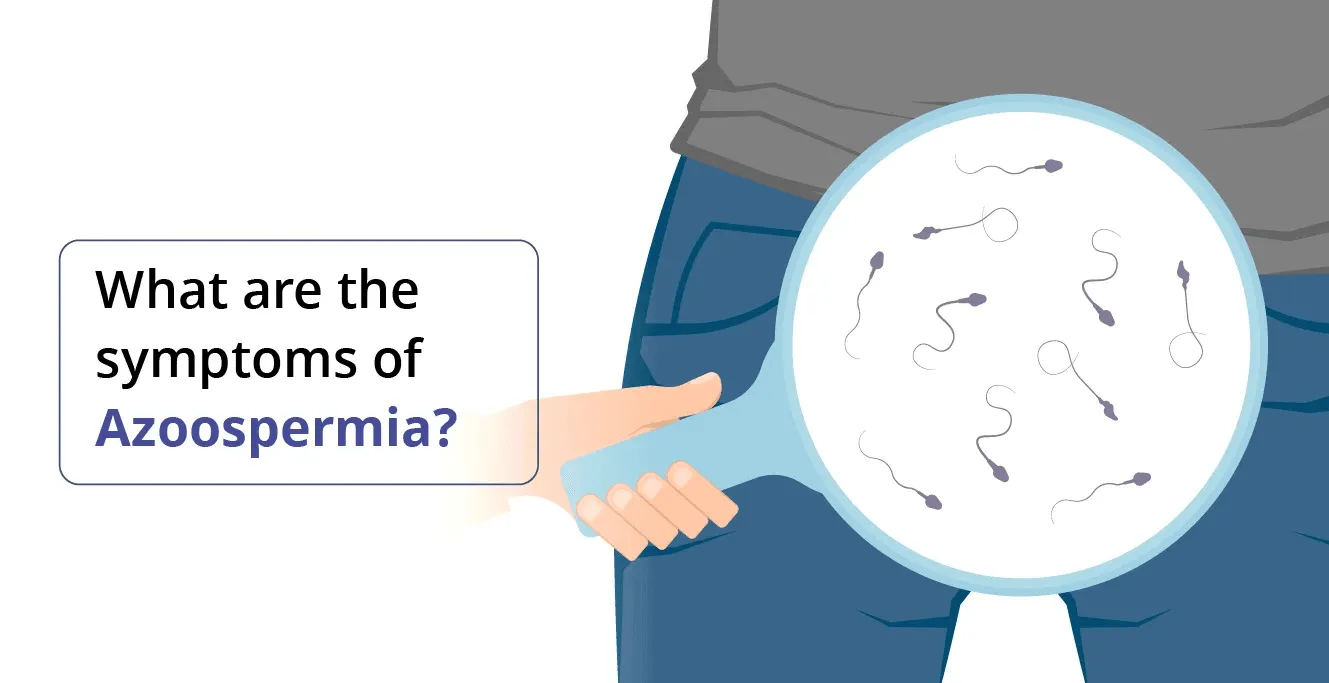Male fertility may be significantly impacted by hypospermia, a disorder marked by a lower-than-normal volume of semen following ejaculation. With a focus on global prevalence, symptoms, causes, diagnosis, treatment choices, influence on fertility, risk factors, prevention advice, and a final perspective, this blog seeks to offer thorough insights into hypospermia.
In addition, according to International Journal of Reproduction, some researchers have reported statistical analysis of one state to give better understanding of fertility diosorder faced by men. Refer to the attached PDF and give it a read to know about the abnormalities found in semen analysis of infertile men on evaluation.
Although accurate worldwide data on hypospermia are difficult to get because of underreporting, research indicates that a significant proportion of men may be affected. There are regional differences as well, with various areas showing varying prevalence rates. It is easier to see the scope of the problem and the need of raising awareness when one is aware of the global context.
Symptoms of Hypospermia:
The disorder known as hypospermia is typified by a lower-than-normal volume of semen produced after ejaculation. Although decreased semen volume is the main symptom, there are other features and subliminal clues that people may notice. Here is a thorough examination of hypospermia symptoms:
- Reduced Semen: A notably lower volume of semen during ejaculation is the primary sign of hypospermia. Although it varies from person to person, this reduction is often less than the volume average.
- Variations in Semen Consistency: People who have hypospermia may observe changes in their semen’s consistency. This might involve variations in viscosity or thickness.
- Having Trouble Getting Pregnant: Although hypospermia is not a direct cause of infertility, it might make it more difficult to get pregnant. The likelihood of fertilisation may be impacted by the reduced volume of semen, which could influence sperm survival and movement.
- Modifications to Ejaculatory Sensation:
A few people with hypospermia may have modifications to their ejaculatory sensations. This could be anything from a distinct emotion at the peak to the impression of an incomplete or modified release. - Discoloration of semen: The semen’s color may vary under specific circumstances. Although semen is normally whitish grey, color differences may point to an underlying problem that is causing hypospermia.
- Pain and Discomfort: Hypospermia may be linked to pain during ejaculation, particularly if the illness is brought on by infections or inflammatory disorders that impact the reproductive system.
- Underlying Causes Showing Symptoms: People may also have symptoms associated with the underlying cause since hypospermia can be a secondary sign of various illnesses. For instance, vaginal pain, swelling, or discomfort may be the initial sign of an infection.
It’s important to remember that hypospermia symptoms might be mild, and people may not necessarily associate them with a particular reproductive health problem. Seeking medical guidance and undertaking a thorough evaluation, including semen analysis, is essential for an accurate diagnosis and suitable care if someone observes persistent changes in semen volume or related symptoms. Improving reproductive health and addressing underlying issues are more likely when early detection and intervention are carried out.
Causes of Hypospermia
There are a number of causes of hypospermia, including:
- Obstruction: Reproductive tract blockages may prevent semen from releasing.
- Hormonal Imbalances: Low semen production may be caused by abnormalities in the levels of certain hormones, especially testosterone.
- Underlying illnesses: A number of illnesses, including epididymitis and prostatitis, can affect semen volume.
- Medication: Hypospermia is a possible adverse effect of several drugs, such as those used to treat hypertension.
Diagnosis of Hypospermia
A thorough assessment that includes physical exams, testing, and assessments of medical history is necessary to diagnose hypospermia. The following summarises the common diagnosis and evaluation procedures for hypospermia:

- Medical History: The healthcare professional will inquire about the patient’s past health, encompassing any issues related to reproduction, infections, surgeries, drugs, and lifestyle choices.
- Physical Examination: To detect any anomalies, such as swelling, soreness, or structural problems, a comprehensive physical examination may be carried out, including a genital examination.
- Semen Analysis: One important diagnostic test for hypospermia is semen analysis. This test evaluates the volume, motility, morphology, and number of sperm in the semen, among other factors. One of the main signs of hypospermia is a lower-than-normal semen volume.
- Blood Tests: Testosterone levels, in particular, can be determined by blood testing. Hypospermia can be caused by hormonal imbalances, and these tests assist in finding any abnormalities.
- Ultrasound Imaging: The testicles and prostate, among other reproductive organs, can be imaged using ultrasound technology to reveal important information about their structure and any potential anomalies that might be causing diminished semen volume.
- Urinalysis Following Ejaculation: This procedure can be used to detect retrograde ejaculation, which is the passage of semen into the bladder, which can result in a reduction in the volume of semen.
- STI Testing: Since some infections can affect reproductive health and lead to hypospermia, testing for sexually transmitted infections (STIs) may be necessary.
- Genetic Testing (if indicated): To determine whether there are any underlying genetic variables that may be connected to reproductive problems, genetic testing may be advised in some circumstances.
- Prostate-specific Antigen (PSA) Test: Because disorders affecting the prostate can alter semen volume, an assessment of prostate health in older adults may involve a PSA test.
- Scrotal Doppler Ultrasound (if indicated): To assess blood flow to the testicles in the event that vascular problems are suspected, a scrotal Doppler ultrasound may be conducted.
Hypospermia Treatment Options
Following a diagnosis, the patient and the healthcare team can work together to determine the underlying cause of the hypospermia and develop a customised treatment plan. Depending on the underlying cause, treatment differs:
- Medication: Hormonal therapy can treat imbalances, and antibiotics may be administered for infections.
- Surgical Interventions: In order to clear blockages or address anatomical problems, surgery may be required.
- Lifestyle Modifications: Developing a healthy lifestyle that includes regular exercise and a balanced diet can have a good effect on semen production.
Hypospermia’s Impact on Fertility
Although not a direct cause of infertility, hypospermia can aggravate conception issues. Knowing the link between decreased semen volume and infertility emphasises how crucial it is to seek medical attention as soon as possible.
Risk Factors
The likelihood of developing hypospermia is influenced by a number of factors, such as age, specific medical problems, and lifestyle decisions. Being aware of these risk factors enables people to make knowledgeable decisions regarding the health of their reproductive system.
Tips for Preventing Hypospermia
Although there are certain causes of hypospermia that cannot be avoided, there are steps you may do to reduce your risk. These consist of going to the doctor on a regular basis, having safe sexual relations, and leading a healthy lifestyle.
Conclusion
Hypospermia is a disorder that should be taken seriously, particularly by those who intend to become parents. Results can be greatly enhanced by receiving a diagnosis as soon as possible, comprehending the underlying causes, and investigating appropriate therapy alternatives. By raising awareness and promoting candid conversations regarding male reproductive health, we can help treat hypospermia and related fertility issues in a proactive manner. If you are diagnosed with hypospermia and you trying to start a family, consult our fertility expert today. You can either call us directly by dialling the above-given number, or you can book an appointment by filling in the details in the appointment form, our coordinator will call you back shortly to understand your query and will connect you with the best fertility expert at Birla Fertility & IVF.
Frequently Asked Questions (FAQs)
- Can hypospermia be prevented, and are there lifestyle changes to support reproductive health?
Reproductive health can be positively impacted by leading a healthy lifestyle that includes regular exercise, a balanced diet, and abstaining from excessive alcohol and tobacco use, even if some causes may not be preventable.
- How does age relate to hypospermia, and does it affect fertility differently in various age groups?
Fertility and semen volume can be affected by age. Hormonal changes that impact semen output may be linked to older age. Anyone who plans to start a family must understand these age-related factors.
- Are there specific risk factors that increase the likelihood of developing hypospermia?
Indeed, there are a number of variables that can raise the risk of hypospermia, including infections, hormone abnormalities, and some drugs. People can take proactive measures to maintain their reproductive health by being aware of these risk factors.
- Can hypospermia be a sign of an underlying health issue beyond reproductive concerns?
Indeed, hypospermia may occasionally be a sign of more serious health problems. If hypospermia is detected, it is critical to take into account further possible health effects and speak with a medical specialist for a thorough assessment.


